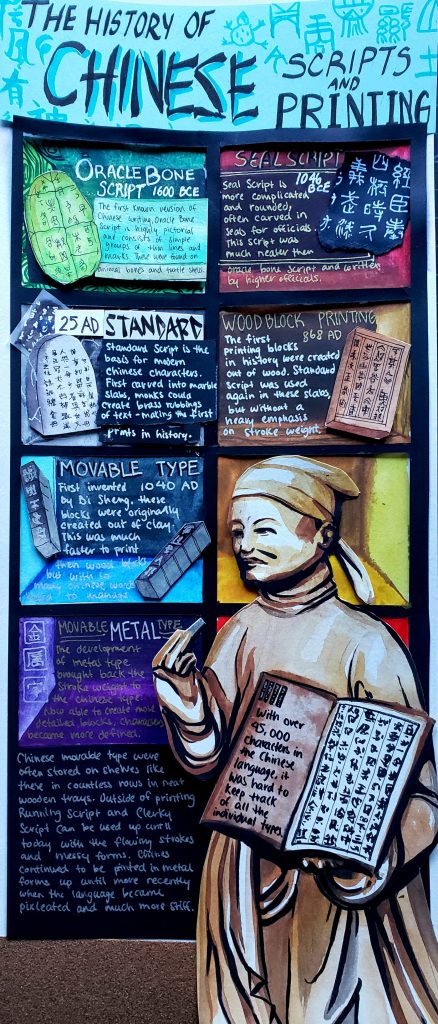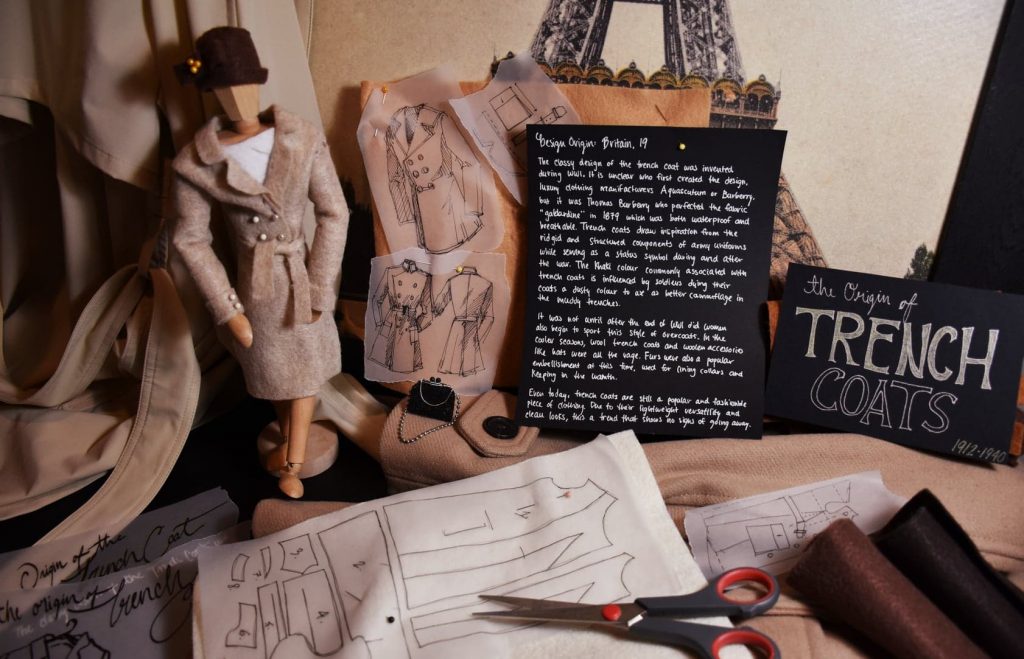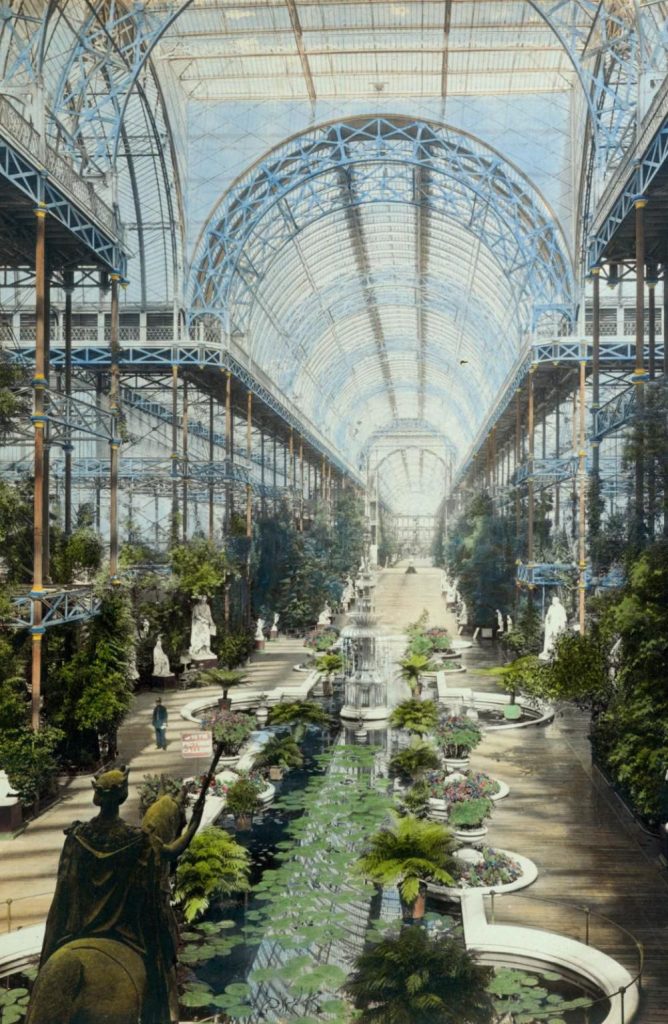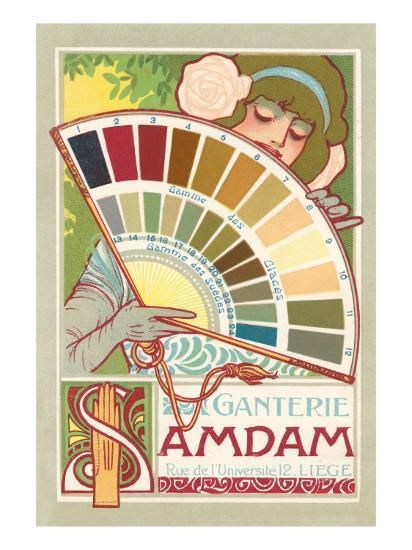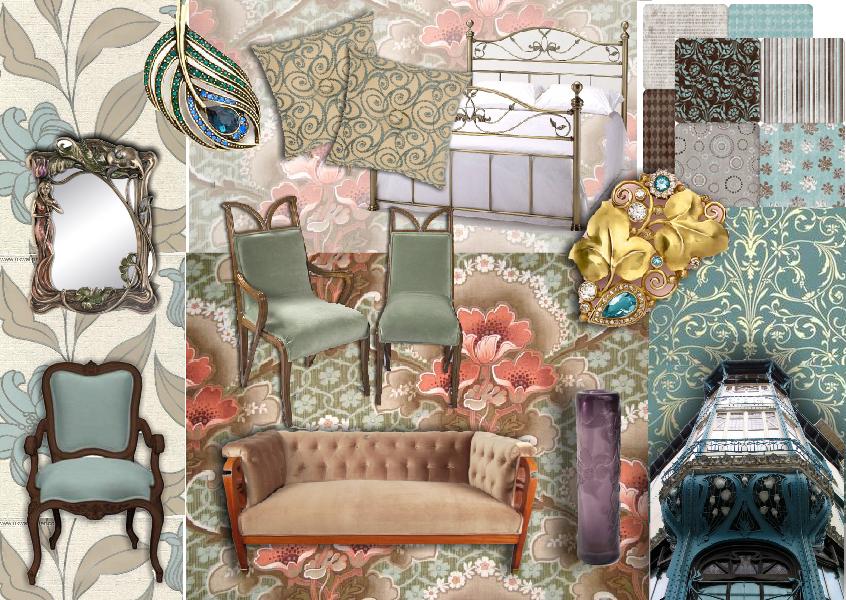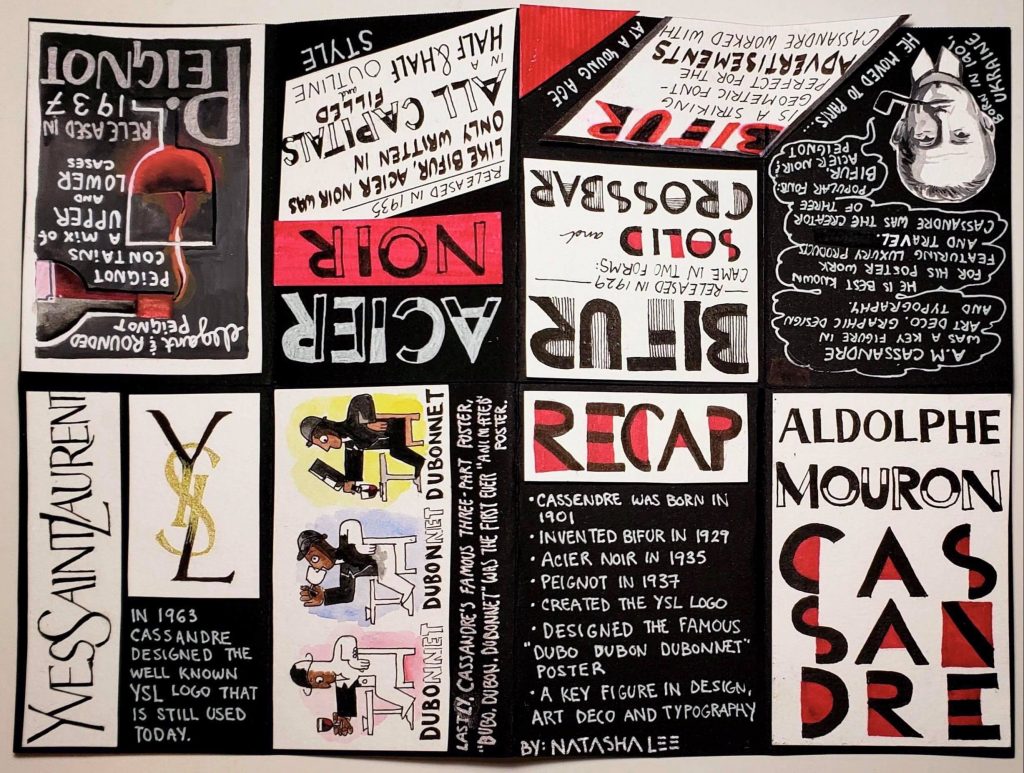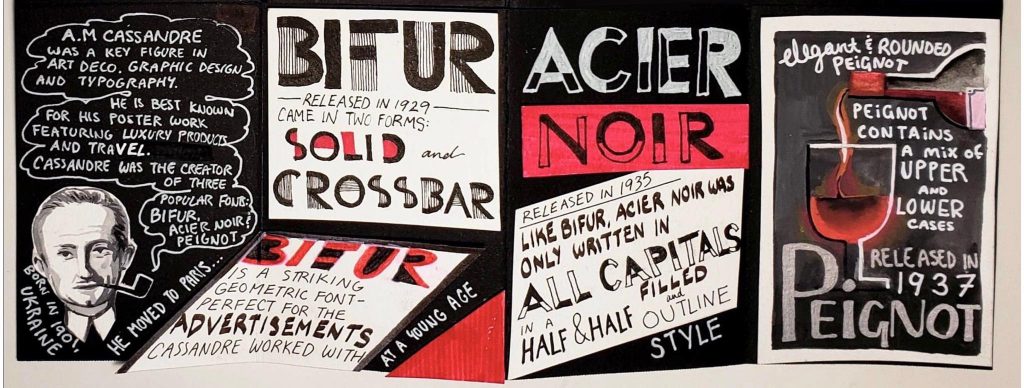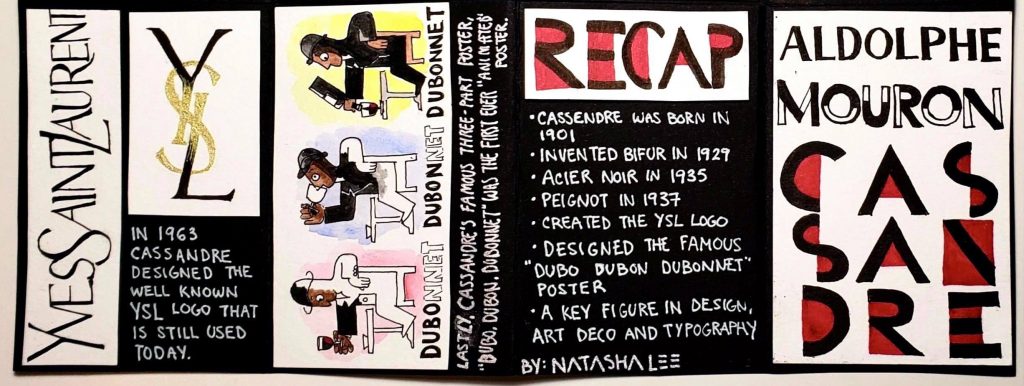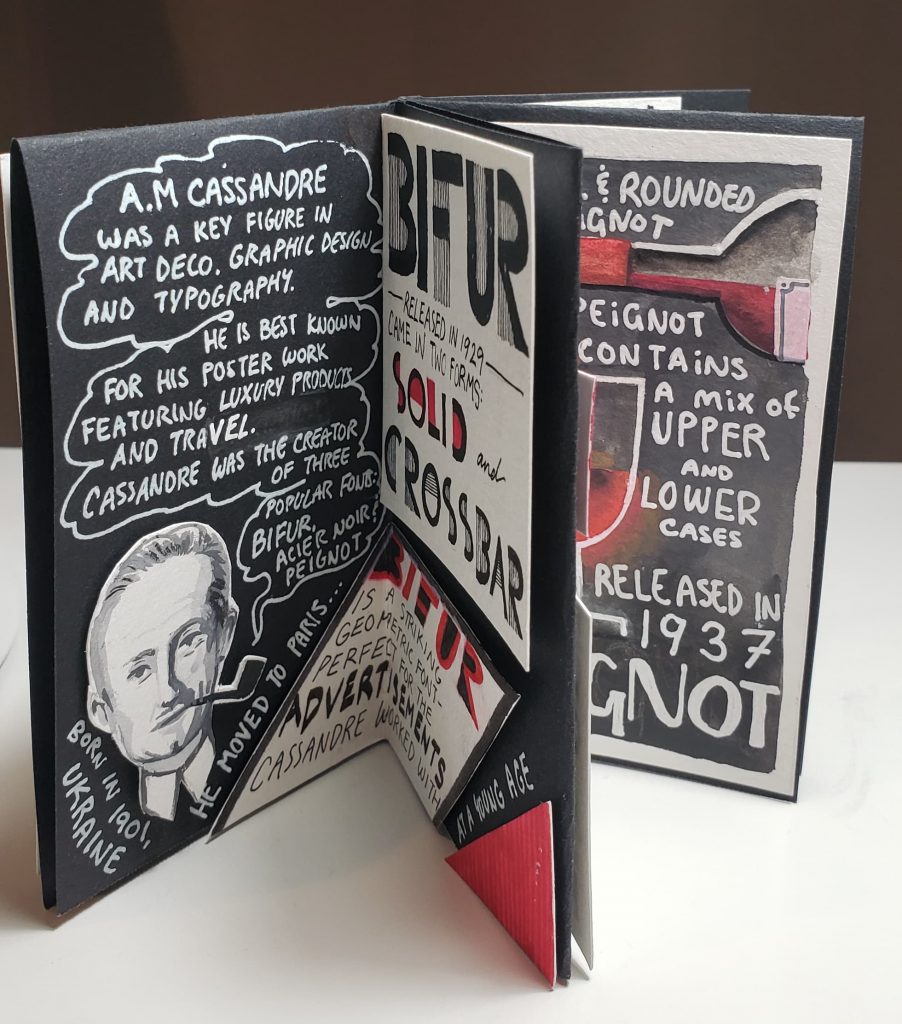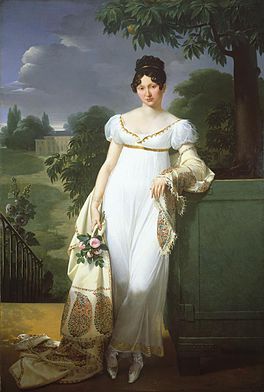The Dirty Thirties
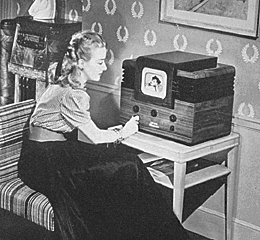
Invention of the TV
Before the coming of World War II, multiple new inventions such as the television were being created. In 1927, Philo Taylor Farnsworth invented the first electronic tv at the age of 21. While the television was invented so early on, it was very expensive and hard to acquire in most households. The tv boomed in the 1950s after the war was over and electricity was more common in every household. So what form of communication was used during WWII? Radios were the most common form for entertainment and news broadcasting before and during the war. Propaganda was spread even faster than with posters like in the previous war and citizens from all around the globe could tune in to the news.
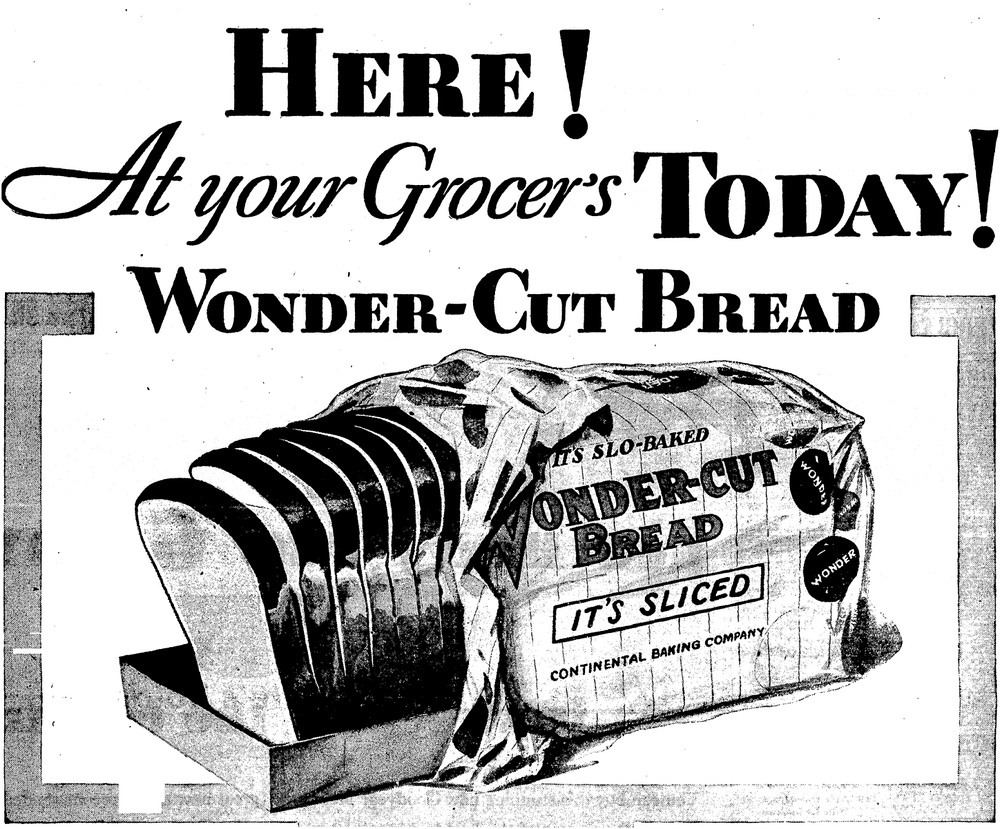
The greatest thing since sliced bread…
Sliced bread was another one of the ground breaking inventions of the 1930s! (Well not really) Otto Fredrick Rohwedder is credited with the invention of the first ever bread slicing machine. Before that, bread was always sold as a solid loaf and customers would simply cut the bread by hand themselves. This invention led to the future popularity of “Wonder Bread” in the United States. As for the famous saying, quoted by the comedian Red Skelton “do not worry about television. It’s the greatest thing since sliced bread,” we still use this saying today to describe great inventions. You might wonder, was sliced bread really such a big deal then? And the answer is yes! It is not the invention of the product so much but what it signifies. The first commercial sliced bread, Wonder Bread grew to such large scale and mass popularity due to the mechanical invention of the bread slicer and the industrialization and convenience it represented.

Geo-Politics of the time- Why was this era called the Dirty Thirties?
The 1930s were not a great time everywhere in the world. With the Great Depression having just hit the United States after the Wall Street Crash of 1929, and places like Germany riling up for the Second World War, it was a tense time to say the least. For countries in dire situations with lots to gain, a Great War was a strategic move but a large gamble to see who will come out on top. During this time, Mao Zedong was also testing his political footing in China. While he would not come to power until closer to the 1960s, he would lead to the Chinese Cultural Revolution and many other revolutionary events.
Cites Used:
https://www.knowitall.org/document/television-invention-kids-work
